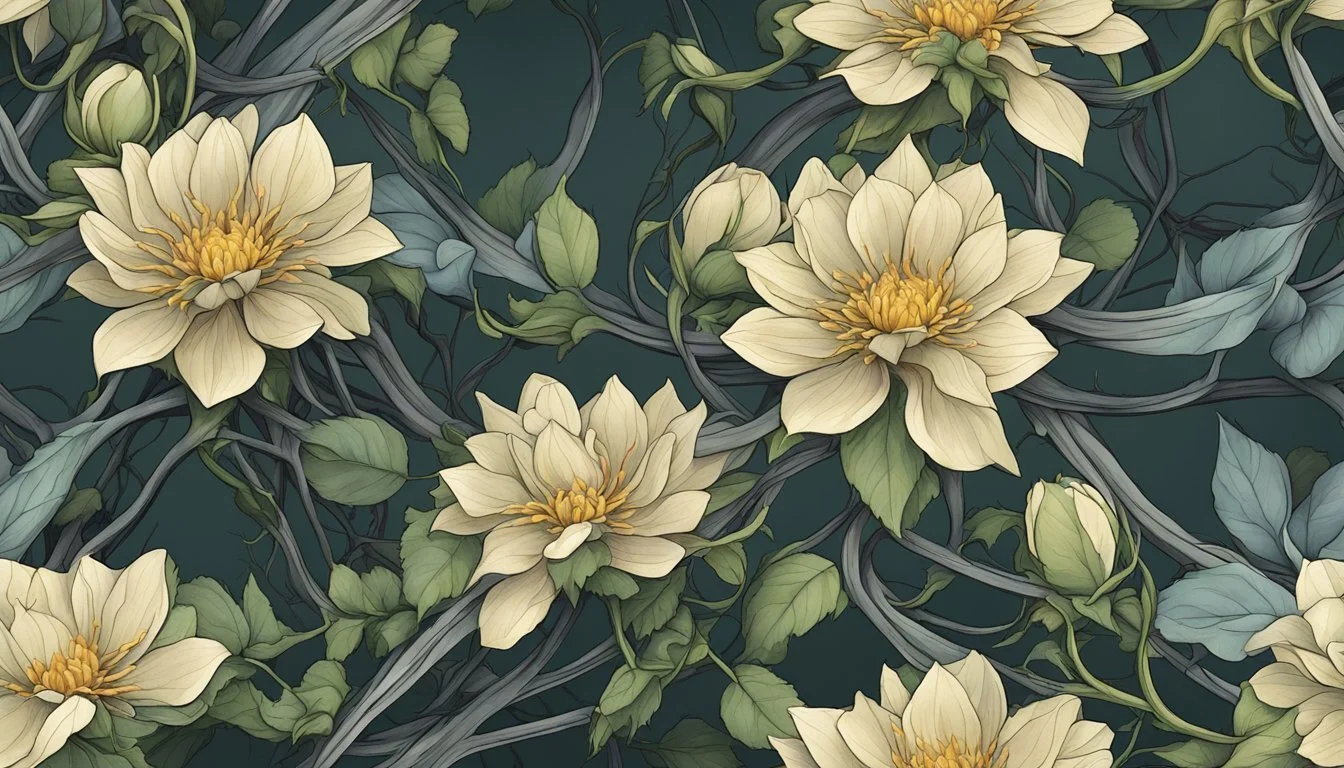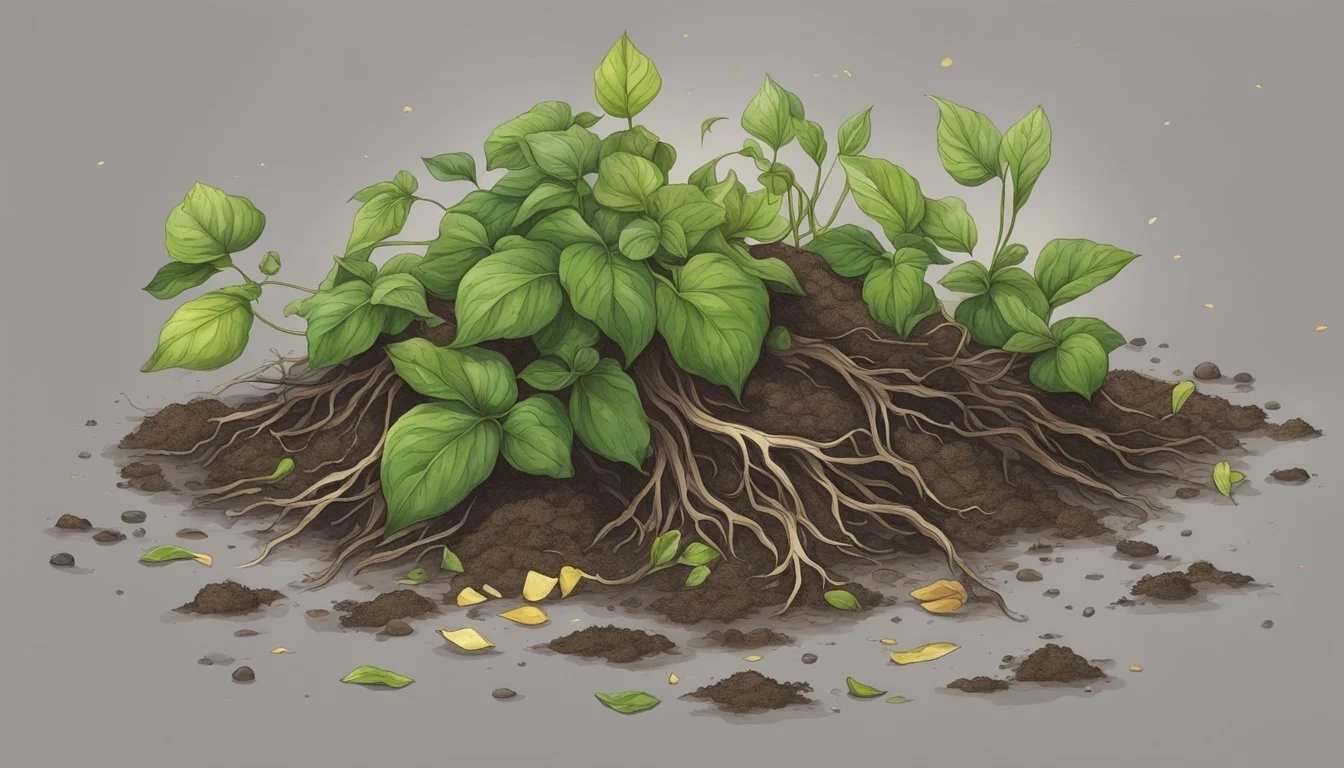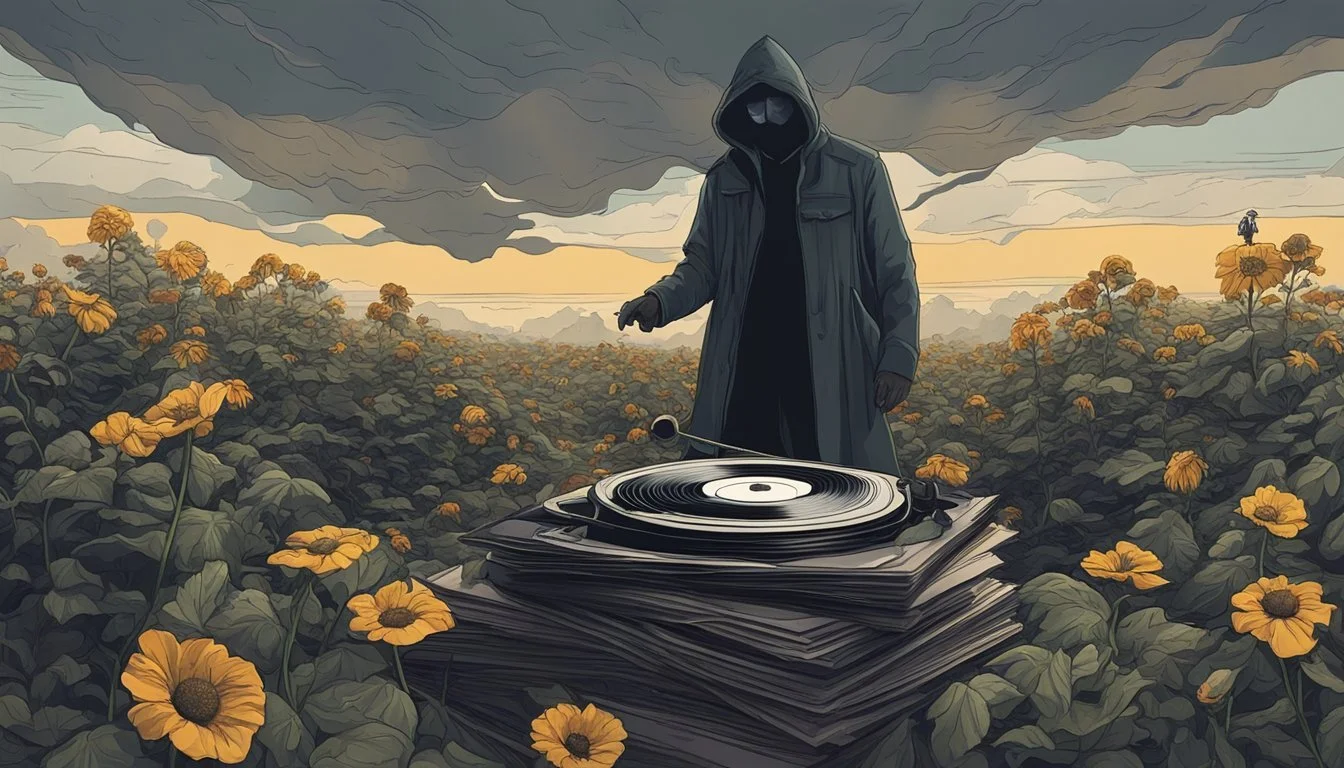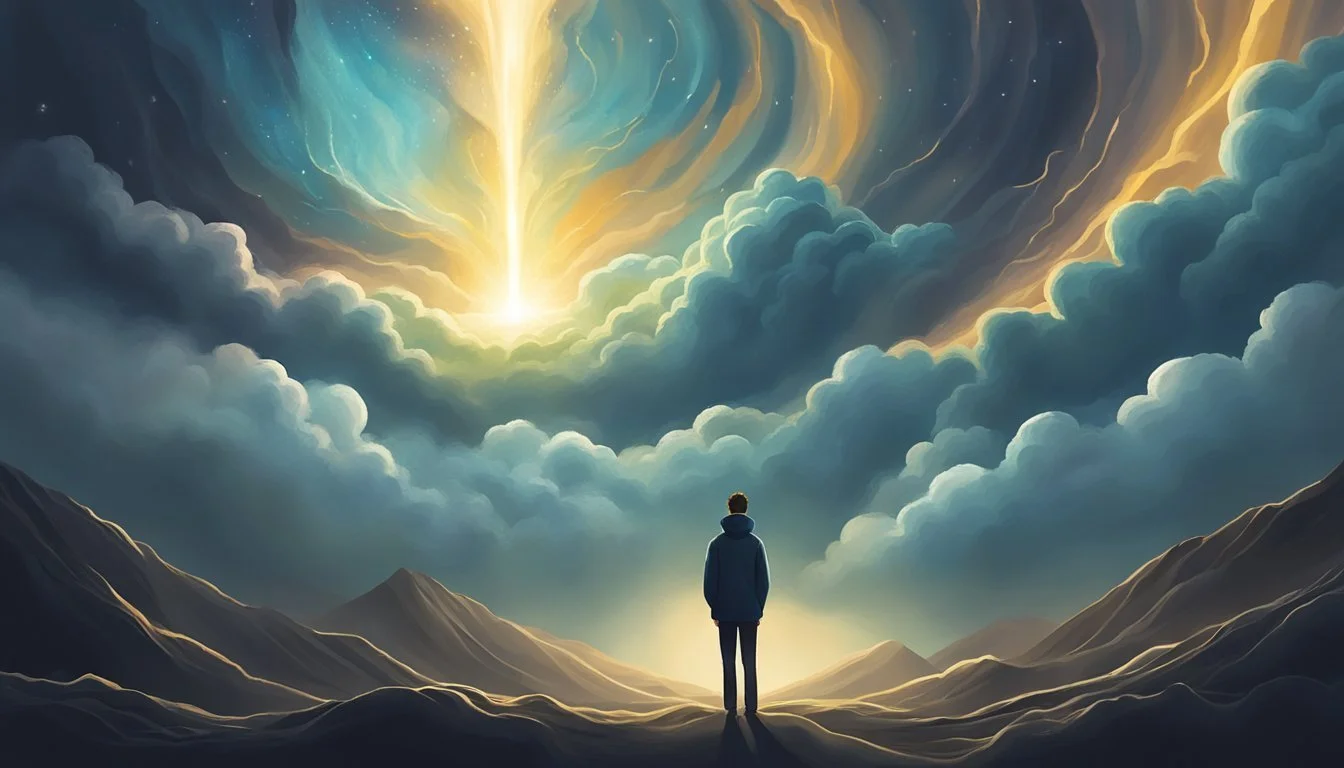Illustrating Unhealthy Relationship Dynamics Through Simple Art
Toxic relationship drawings offer a powerful visual medium to explore the complexities of unhealthy dynamics between people. These illustrations can range from simple sketches to elaborate artworks, each capturing the essence of harmful interactions and their emotional toll. Artists use color, symbolism, and composition to convey the tension, manipulation, and pain often present in toxic relationships.
Creating toxic relationship drawings can be a cathartic experience for both artists and viewers. It allows for the expression of difficult emotions and experiences that may be challenging to put into words. Through these visual representations, individuals can gain insights into their own relationships or empathize with others who have faced similar struggles.
While the subject matter is heavy, toxic relationship drawings can be created using easy techniques accessible to artists of all skill levels. Simple line drawings, stick figures, or abstract shapes can effectively convey the message without requiring advanced artistic abilities. This accessibility makes toxic relationship art a valuable tool for self-expression and raising awareness about unhealthy relationship patterns.
Understanding Toxic Relationships
Toxic relationships can have profound negative effects on mental health and well-being. They often involve harmful patterns of behavior that erode trust, respect, and emotional safety.
Defining Toxicity in Relationships
A toxic relationship is characterized by recurring negative interactions that cause emotional or physical harm. It typically involves an imbalance of power, where one partner exerts control over the other.
Toxic dynamics can manifest in various forms, including verbal abuse, manipulation, and constant criticism. These behaviors create a hostile environment that damages self-esteem and fosters anxiety.
Toxicity can develop gradually, making it difficult for those involved to recognize the harmful patterns. It's not limited to romantic partnerships - toxic dynamics can occur in friendships, family relationships, and work environments as well.
Common Signs of a Toxic Relationship
Several red flags indicate a relationship may be toxic:
Constant criticism or belittling
Lack of respect for boundaries
Jealousy and possessiveness
Gaslighting or emotional manipulation
Frequent arguments without resolution
Feelings of walking on eggshells
Lack of support for personal growth
Unequal effort and commitment
These signs often lead to increased stress, tension, and anxiety for those involved. Recognizing these patterns is crucial for addressing toxicity and seeking healthier relationship dynamics.
Dynamics of Toxic Relationships
Toxic relationships often involve a cycle of tension, conflict, and temporary reconciliation. This pattern creates an emotional rollercoaster that can be addictive and difficult to break.
Control is a central theme in toxic dynamics. One partner may use various tactics to maintain power, such as:
Emotional manipulation
Financial control
Isolation from friends and family
Threats or intimidation
These behaviors create an environment of fear and dependency, making it challenging for the affected partner to leave or seek help.
Toxic Relationship Patterns and Outcomes
Prolonged exposure to toxic relationship patterns can have severe consequences on mental health and overall well-being. Common outcomes include:
Low self-esteem and self-doubt
Depression and anxiety
Trust issues in future relationships
Physical health problems due to chronic stress
Difficulty setting boundaries
Breaking free from toxic relationship patterns often requires support from friends, family, or mental health professionals. Recognizing these harmful dynamics is the first step towards healing and building healthier relationships in the future.
Art and Toxic Relationships
Art provides a powerful medium for exploring and expressing the complexities of toxic relationships. Visual representations can capture nuanced emotions and dynamics that words often struggle to convey.
Toxic Relationships in Media and Art
Artists frequently depict toxic relationships in various media, from paintings to illustrations and digital art. These portrayals often highlight power imbalances, emotional manipulation, and codependency. Popular culture, including movies and TV shows, increasingly features toxic relationship narratives to raise awareness.
Social media platforms like Instagram showcase artists addressing this theme. @beebo creates vibrant drawings illustrating toxic love and soulmates across different universes. These works resonate with viewers who have experienced similar struggles.
Symbolism in Toxic Relationship Art
Artists employ symbolic imagery to represent toxic relationship dynamics. Common symbols include thorny roses, shattered mirrors, and entangled vines. These visual metaphors convey the pain, broken self-image, and suffocating nature of unhealthy connections.
Color choices play a crucial role in symbolism. Dark, muted tones often represent depression and isolation. Contrasting bright colors may symbolize the intensity and volatility of toxic bonds.
Some artists use surreal elements to depict psychological aspects of toxic relationships. Distorted figures or impossible scenarios can represent the warped reality experienced by those in harmful partnerships.
Conveying Emotions Through Art
Art serves as a cathartic outlet for both creators and viewers dealing with toxic relationships. Expressive brushstrokes, bold lines, and intense colors can communicate anger, fear, and confusion. Softer techniques might portray vulnerability or hope for healing.
French illustrator Sophie Lambda uses humor in her drawings to explore life after toxic relationships. Her work resonates with many, offering a lighthearted approach to a serious topic.
Interactive art installations allow viewers to engage physically with representations of toxic dynamics. This immersive experience can foster deeper understanding and empathy.
Drawing Easy Toxic Relationship Concepts
Depicting toxic relationships through art can be done with simple yet powerful techniques. These methods convey complex emotions and dynamics using basic shapes, symbols, and colors.
Basics of Drawing Emotions
Facial expressions and body language are key to portraying emotions in toxic relationship art. Use downturned eyebrows and mouths for sadness or anger. Hunched shoulders indicate fear or submission. Clenched fists show frustration or rage. Exaggerate features slightly for stronger impact.
Color choice also plays a vital role. Red suggests passion or anger. Blue can represent sadness or coldness. Gray tones evoke emptiness or depression. Experiment with color combinations to set the mood.
Simple stick figures can effectively convey relationship dynamics. Draw one figure larger to show dominance. Use arrows to show emotional push-pull between partners.
Easy Symbolic Representations
Symbols offer a concise way to represent toxic relationship concepts. A chain linking two hearts illustrates codependency. A cracked or broken heart shows emotional damage. Thorny vines wrapping around a heart suggest painful entanglement.
The yin-yang symbol split or distorted can represent imbalance. A scale tipped to one side shows inequality. A maze with two figures inside depicts feeling trapped.
Use contrasting elements like fire and ice to show conflicting personalities. A wilting flower next to a healthy one illustrates uneven growth in a relationship.
Using the Biohazard Heart as a Symbol
The biohazard heart, or "hazardheart," combines the universal biohazard symbol with a heart shape. This powerful icon instantly communicates the dangerous nature of toxic love.
Draw a basic heart outline. Add the three circular "petals" of the biohazard symbol inside. Keep lines clean and symmetrical for maximum impact. This design works well in bold black and white or vivid colors like yellow and black.
Incorporate the biohazard heart into larger compositions. Show it chained to a person or cracking open to reveal darker elements inside. The symbol's versatility allows for creative interpretations while maintaining a clear message.
AI and Art Creation
AI tools are revolutionizing artistic expression, including depictions of complex relationship dynamics. These technologies offer new ways to visualize and process difficult emotional experiences through digital art creation.
How AI Can Help Visualize Toxic Relationships
AI art generators allow users to create visual representations of toxic relationships quickly and easily. By inputting text descriptions or prompts, the AI can produce images that capture the emotional essence of unhealthy dynamics. This process enables individuals to externalize their experiences and gain new perspectives.
Some AI tools specialize in generating symbolic imagery related to relationship issues. Users can create visual metaphors like shattered chains or wilted flowers blooming again to represent liberation and healing. The AI's ability to blend abstract concepts with concrete imagery helps communicate complex emotions.
AI-generated art can also illustrate specific toxic behaviors or patterns. Images of couples with exaggerated body language or symbolic elements surrounding them can powerfully convey concepts like manipulation, codependency, or emotional abuse.
Using AI as a Tool for Self-Exploration
AI art creation offers a unique avenue for self-reflection and processing difficult relationship experiences. The act of crafting prompts forces users to articulate their feelings and experiences in concrete terms. This can lead to valuable insights.
The randomness and unpredictability of AI-generated results can spark new ideas or interpretations. An unexpected image element might resonate in a way the user hadn't considered before, opening up new avenues for emotional processing.
AI tools remove technical barriers to art creation, allowing more people to engage in visual self-expression. This democratization of art therapy techniques can be empowering for those working through toxic relationship trauma.
Some caution is warranted, as overreliance on AI for emotional processing may limit personal growth. It's important to view AI art as a supplementary tool rather than a replacement for human connection and professional support when dealing with relationship issues.
Healing and Rebuilding
Overcoming a toxic relationship requires intentional steps to restore emotional well-being and cultivate healthier connections. The journey involves moving past negativity, rebuilding self-esteem, and relearning how to form trusting intimate bonds.
Moving Beyond Toxicity
Breaking free from a toxic relationship marks the first step toward healing. Establishing clear boundaries is crucial during this phase. Individuals should limit or cease contact with their former partner to create space for personal growth. Seeking support from friends, family, or a therapist can provide valuable perspective and encouragement.
Practicing self-care becomes essential. This may include engaging in enjoyable activities, maintaining a healthy diet, and prioritizing sleep. Regular exercise can boost mood and reduce stress. Journaling helps process emotions and gain clarity on past experiences.
It's important to acknowledge and validate one's feelings without judgment. Grieving the loss of the relationship, even if toxic, is a natural part of healing.
Strengthening Self-Confidence After a Toxic Relationship
Toxic relationships often erode self-esteem. Rebuilding confidence is a gradual process that requires patience and self-compassion. Setting small, achievable goals can help regain a sense of competence and control.
Positive self-talk plays a key role in reshaping negative thought patterns. Individuals should challenge self-critical thoughts and replace them with affirming statements. Celebrating personal strengths and accomplishments, no matter how small, reinforces self-worth.
Exploring new interests or rekindling old passions can reignite a sense of purpose and identity. Learning new skills or taking up a hobby boosts confidence and provides opportunities for positive social interactions.
Professional support, such as therapy or counseling, can be invaluable in addressing deep-seated insecurities and developing healthy coping mechanisms.
Rebuilding Intimacy and Trust
Reestablishing the ability to form intimate connections after a toxic relationship takes time and patience. It's crucial to first focus on self-trust before opening up to others. This involves honoring personal boundaries and listening to one's intuition.
Building platonic relationships can serve as a stepping stone to romantic intimacy. Cultivating friendships based on mutual respect and support helps relearn healthy relationship dynamics.
When ready to pursue romantic relationships, open communication becomes paramount. Sharing fears and expectations with potential partners fosters understanding and trust. Taking things slowly allows for the gradual development of emotional intimacy.
It's important to recognize that setbacks are normal. Each positive interaction builds confidence in one's ability to form healthy attachments. With time and effort, individuals can cultivate fulfilling relationships based on mutual trust and respect.
Influences on Popular Culture
Popular culture significantly shapes perceptions of relationships through music, art, and media. These influences can romanticize or normalize toxic dynamics in ways that impact real-world behaviors and expectations.
Music and Toxic Relationships
Music plays a powerful role in shaping cultural attitudes about love and relationships. Many popular songs depict unhealthy relationship dynamics as passionate or romantic. Lyrics often glorify jealousy, possessiveness, and codependency. Some artists use imagery like the biohazard heart logo to symbolize dangerous love.
Certain genres tend to promote toxic themes more than others. Pop and hip-hop frequently feature lyrics about dysfunctional relationships. Rock and metal sometimes use dark imagery to represent love as all-consuming or destructive.
This normalization can lead listeners to view unhealthy behaviors as standard in relationships. Young fans may be especially susceptible to internalizing these messages.
Interpretation of Artistic Lyrics
Listeners often interpret song lyrics through their own experiences and perspectives. This can lead to romanticizing toxic dynamics portrayed in music. Phrases like "can't live without you" or "you're my everything" may seem romantic but can promote unhealthy attachment.
Some artists intentionally explore toxic themes through their music. The band "myparasites" uses parasitic imagery to represent codependent relationships. Their lyrics delve into themes of emotional manipulation and loss of self.
Fans may project their own relationship ideals onto fictional "ship dynamics" between band members or characters. This can further blur the lines between healthy and unhealthy relationship portrayals in popular culture.
Caring for Your Mental Health
Drawing can be a powerful tool for maintaining mental health. Simple sketches expressing emotions or experiences provide an outlet for stress and anxiety. Creating art activates parts of the brain associated with pleasure and relaxation.
Taking time to draw regularly builds self-confidence. Even basic doodles allow self-expression without judgment. This creative process fosters a sense of accomplishment and control.
Art therapy techniques like mandala drawing promote mindfulness. Focusing on intricate patterns quiets racing thoughts. The repetitive motions have a calming effect on the nervous system.
Journaling with illustrations helps process difficult emotions. Combining words and images provides deeper insight into one's mental state. This visual diary becomes a record of personal growth over time.
Group art activities strengthen social connections. Sharing artwork with others reduces feelings of isolation. Giving and receiving feedback in a supportive environment boosts self-esteem.
Setting aside time for creative pursuits improves overall well-being. Regular artistic practice reduces cortisol levels and increases serotonin production. This leads to better mood regulation and stress management.






